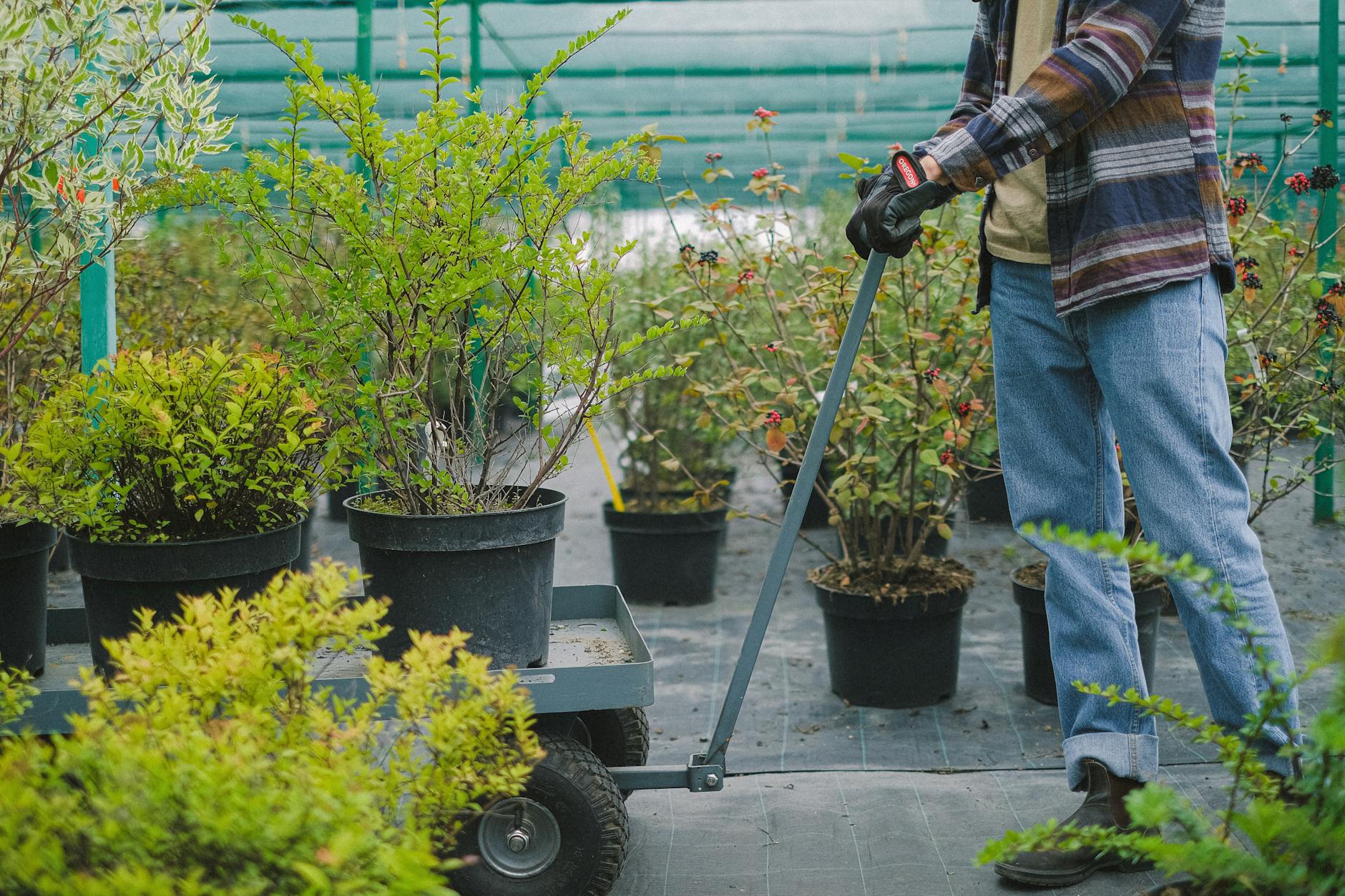Indoor cannabis cultivation is becoming an increasingly popular choice for enthusiasts wishing to grow their strains. With a few fundamentals, such as the right seed selection, grow lights, soil preparation, and proper plant nutrition, you can cultivate cannabis indoors successfully. This guide aims at outlining the indoor cultivation process, providing tips, tools, and techniques necessary for a successful harvest.
Growing cannabis indoors provides many advantages, including the ability to cultivate year-round, protecting the plant from parasites and weather conditions, and greater control over the growing environment. To achieve a robust harvest, you need to start with the right genetics. Picking the right seeds is crucial. Varieties that fare well indoors include Indica and autoflowering strains due to their small, manageable sizes and shorter flowering cycles.
Once seed selection is made, preparation for the indoor growing space and grow lights setup are the next steps in the process. Cannabis plants require a lot of light for proper growth, usually around 18-24 hours during the vegetative stage and a 12-hours cycle during the flowering phase. Consider LED, HID, or CFL grow lights, as these types deliver an optimal light spectrum for cannabis.
Besides lights, another critical factor is the air exchange. A simple fan and carbon filter arrangement will ensure an effective ventilation system, eliminating any smell while providing fresh air necessary for the plants’ photosynthesis.
When it comes to indoor cultivation methods, soil and hydroponics are the two most common approaches. While the traditional soil method offers a natural buffer for nutrients, making it more forgiving for beginners, hydroponics allows greater control over nutrient intake leading to faster growth and higher yields. However, hydroponics may require more growing equipment and is less forgiving when it comes to mistakes.
Every plant needs proper nutrition to flourish, and cannabis is no different. Cannabis plants primarily require nitrogen, phosphorus, and potassium, supplemented by secondary nutrients such as calcium, magnesium, and sulfur. Remember, overdoing it with nutrients can harm your plants as much as a deficiency.
Your cannabis plants will benefit from some pruning techniques such as topping and Low-Stress Training (LST). Topping involves cutting off the main stem to encourage branching, while LST aims to create even light distribution to lower canopy areas, increasing yield.
Patience is key when it comes to the harvesting stage. Early harvests will lead to underdeveloped buds, while delaying may lead to a late harvest, which will also negatively affect yield and potency. A simple magnifying glass can help monitor the trichomes on your buds to identify the optimal harvesting timeframe.
Finally, cultivation tips advise you to maintain an appropriate pH level in the growth medium, which ranges between 6.0 and 7.0 for soil and 5.5 to 6.5 for hydroponics. Plan to regularly test the pH levels of your water and soil to avoid mishaps. Also, always sanitize your equipment to prevent infections and pests.
Growing cannabis at home can be a rewarding experience. Though it may seem complex at first, knowledge and experience ease the process. Start with the basics and be eager to learn more about the nurturing of your green gold.
While there are intricate details involved in cultivating cannabis indoors, this beginner’s guide offers a clear path from seed to harvest. With patience, perseverance, and the right amount of tender loving care, your indoor cannabis garden will thrive and offer you high-quality homegrown produce.
